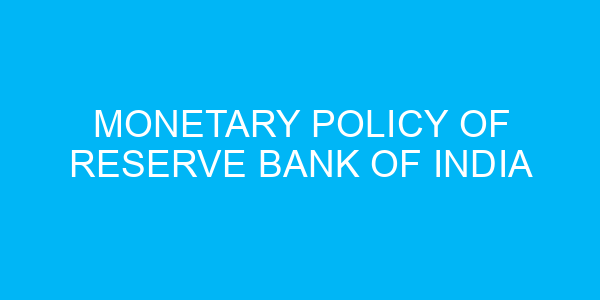6. How does a decrease in the repo rate affect the economy?
a) Increases borrowing costs for commercial banks
b) Encourages banks to lend more to businesses and individuals
c) Reduces money supply in the economy
d) None of the above
7. Which policy rate is used by the RBI to provide overnight liquidity support to banks?
a) Repo rate
b) Reverse repo rate
c) Bank rate
d) Marginal Standing Facility rate
8. What does the reverse repo rate indicate?
a) The rate at which banks borrow from the RBI
b) The rate at which RBI lends to banks
c) The rate at which banks lend to consumers and businesses
d) The rate at which banks lend to the RBI
9. What is the purpose of the statutory liquidity ratio (SLR)?
a) To ensure banks maintain a certain portion of their deposits in liquid assets
b) To control inflation by limiting the amount of money banks can lend
c) To regulate the interest rates offered by commercial banks
d) To encourage banks to invest in government securities
10. How does the Reserve Bank of India implement open market operations?
a) By buying or selling government securities in the open market
b) By controlling the exchange rate of the Indian Rupee
c) By setting limits on the amount of money banks can lend
d) By regulating interest rates offered by commercial banks



